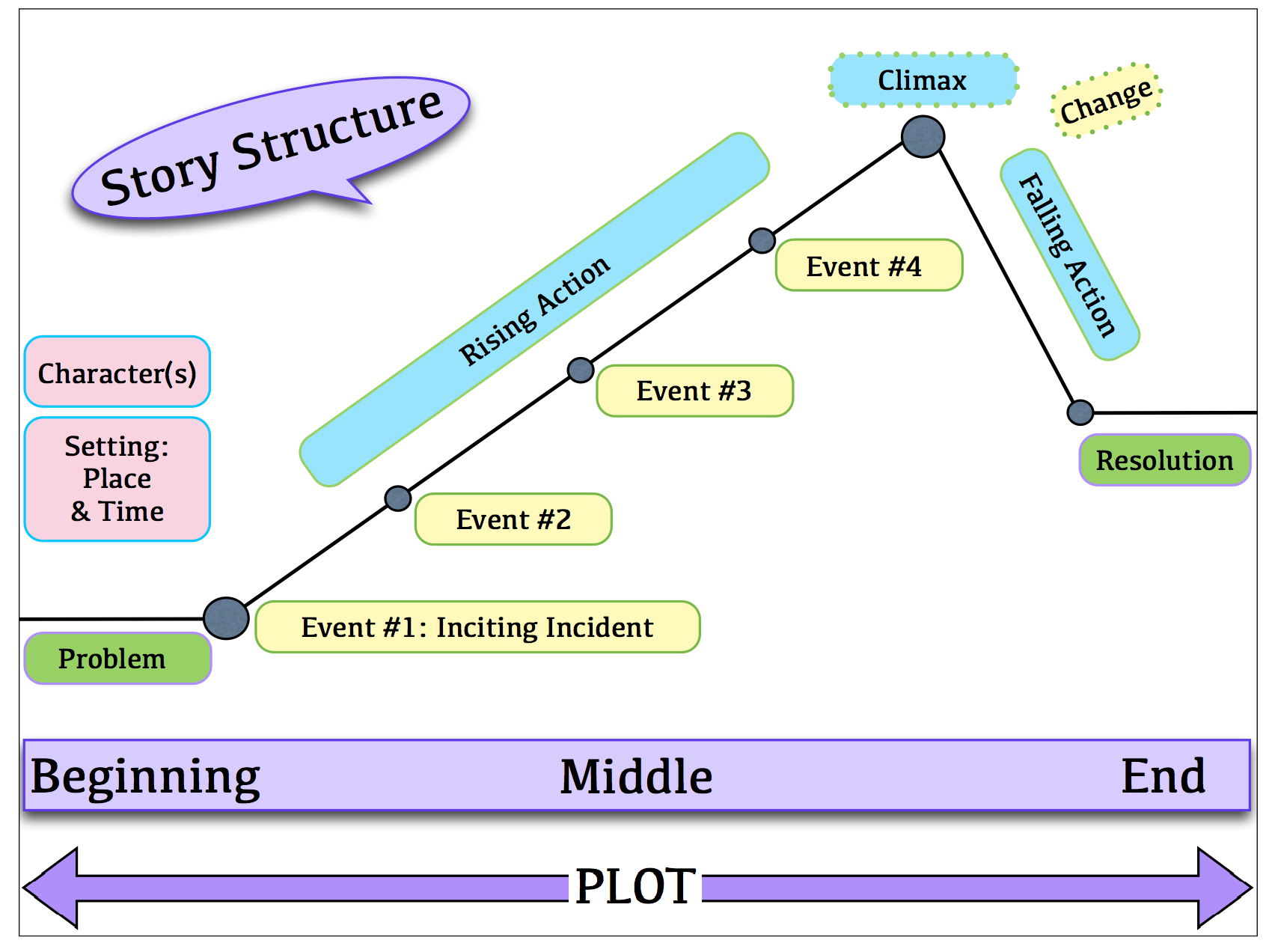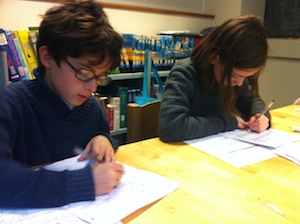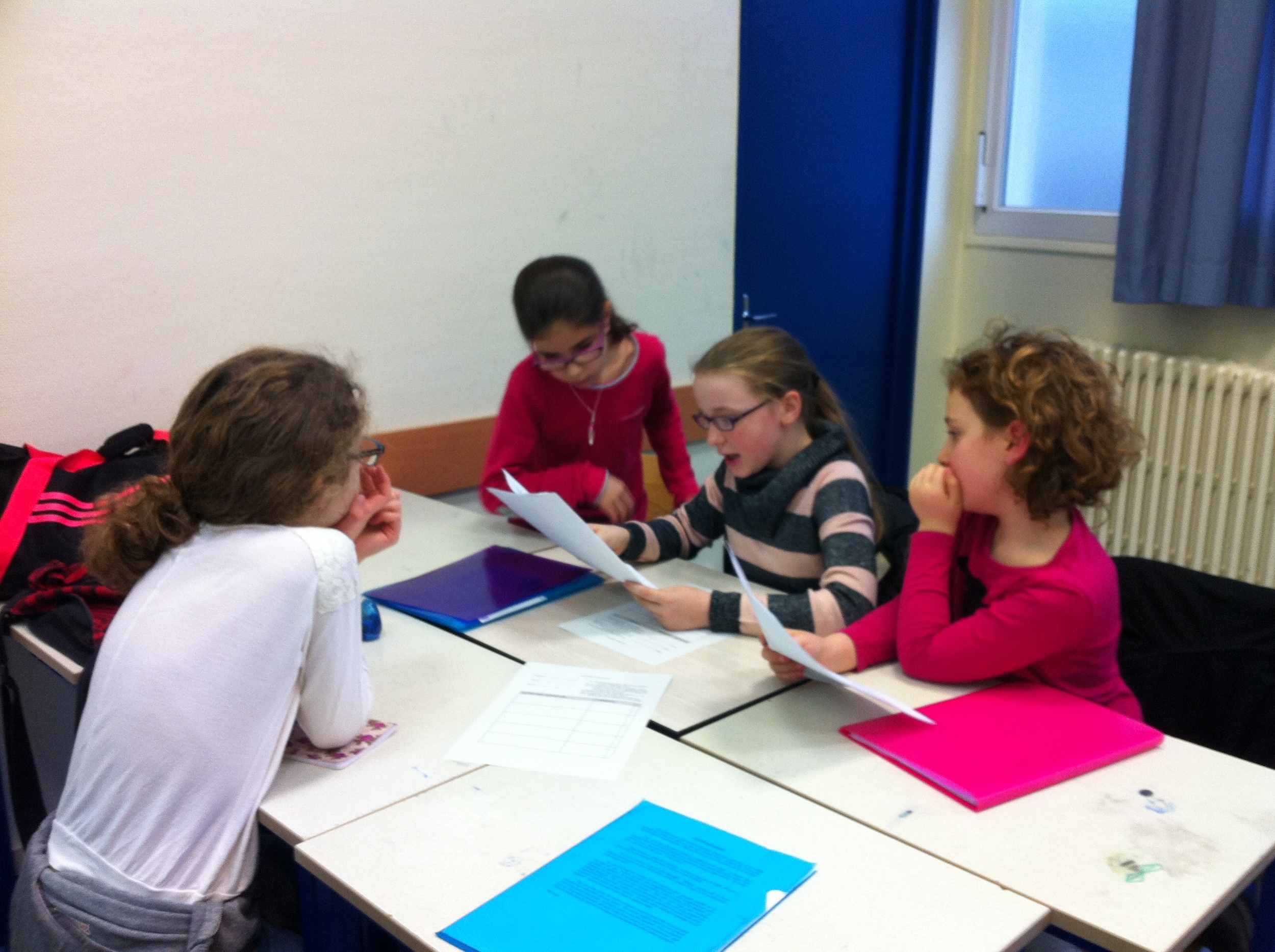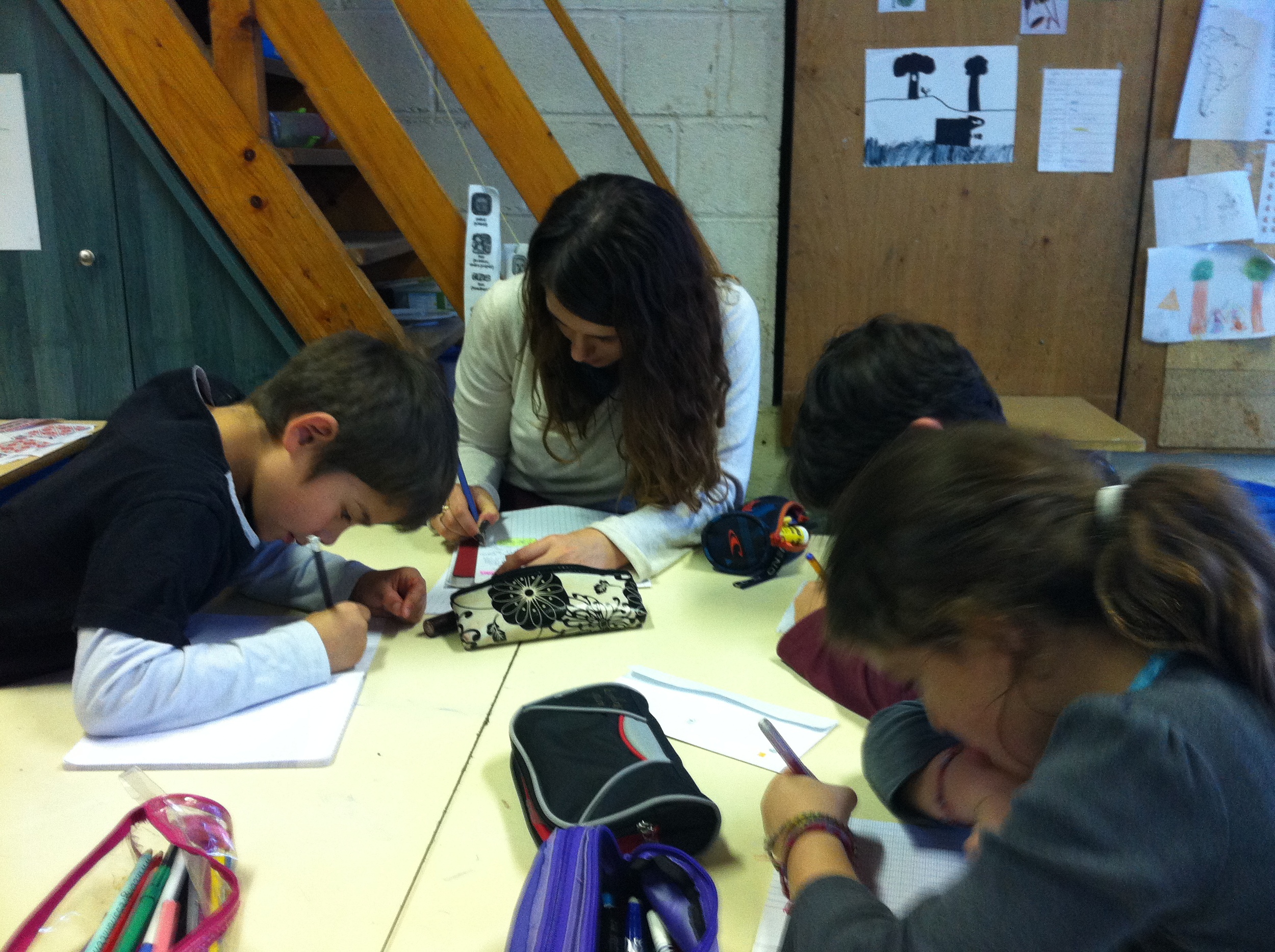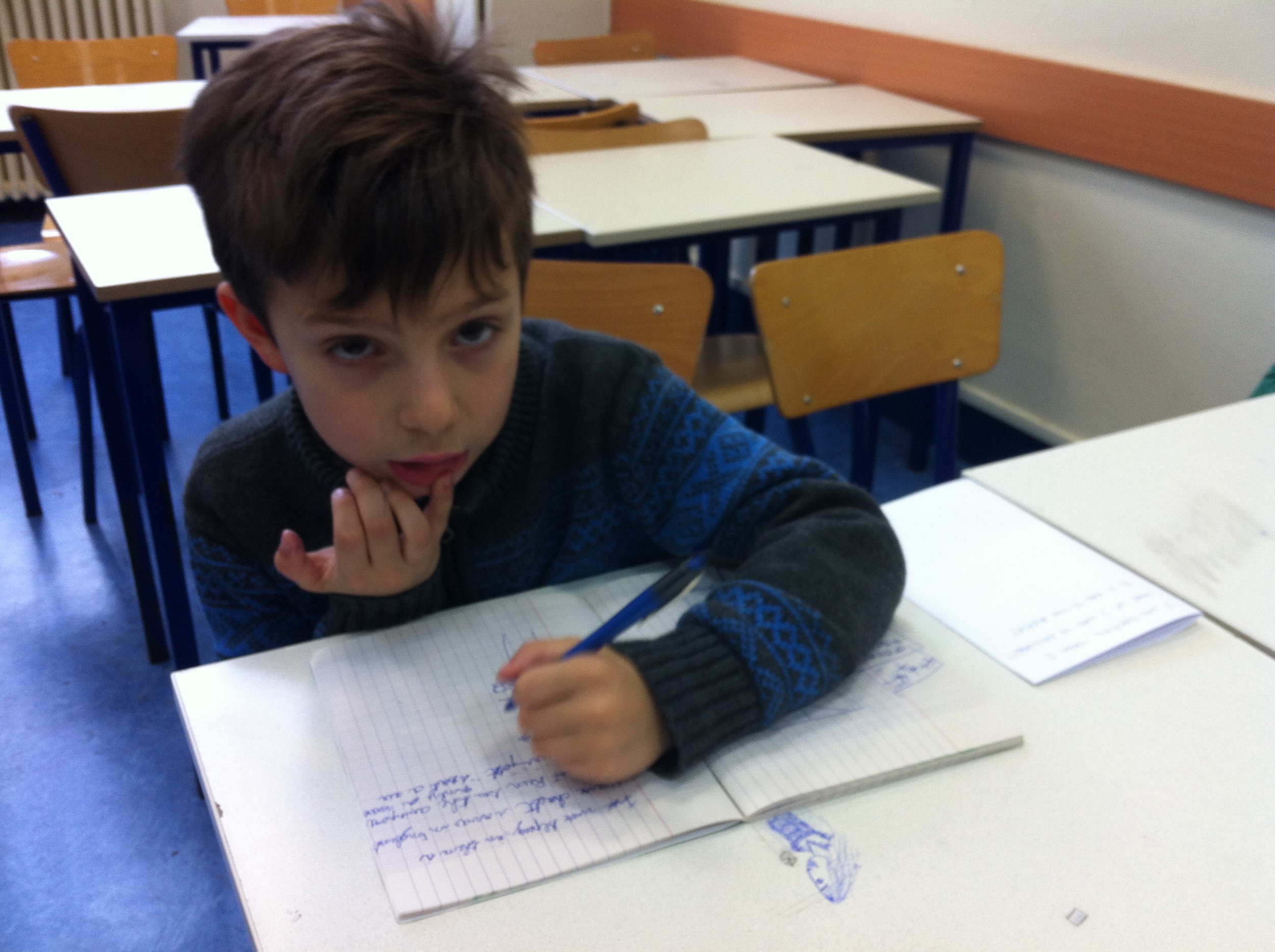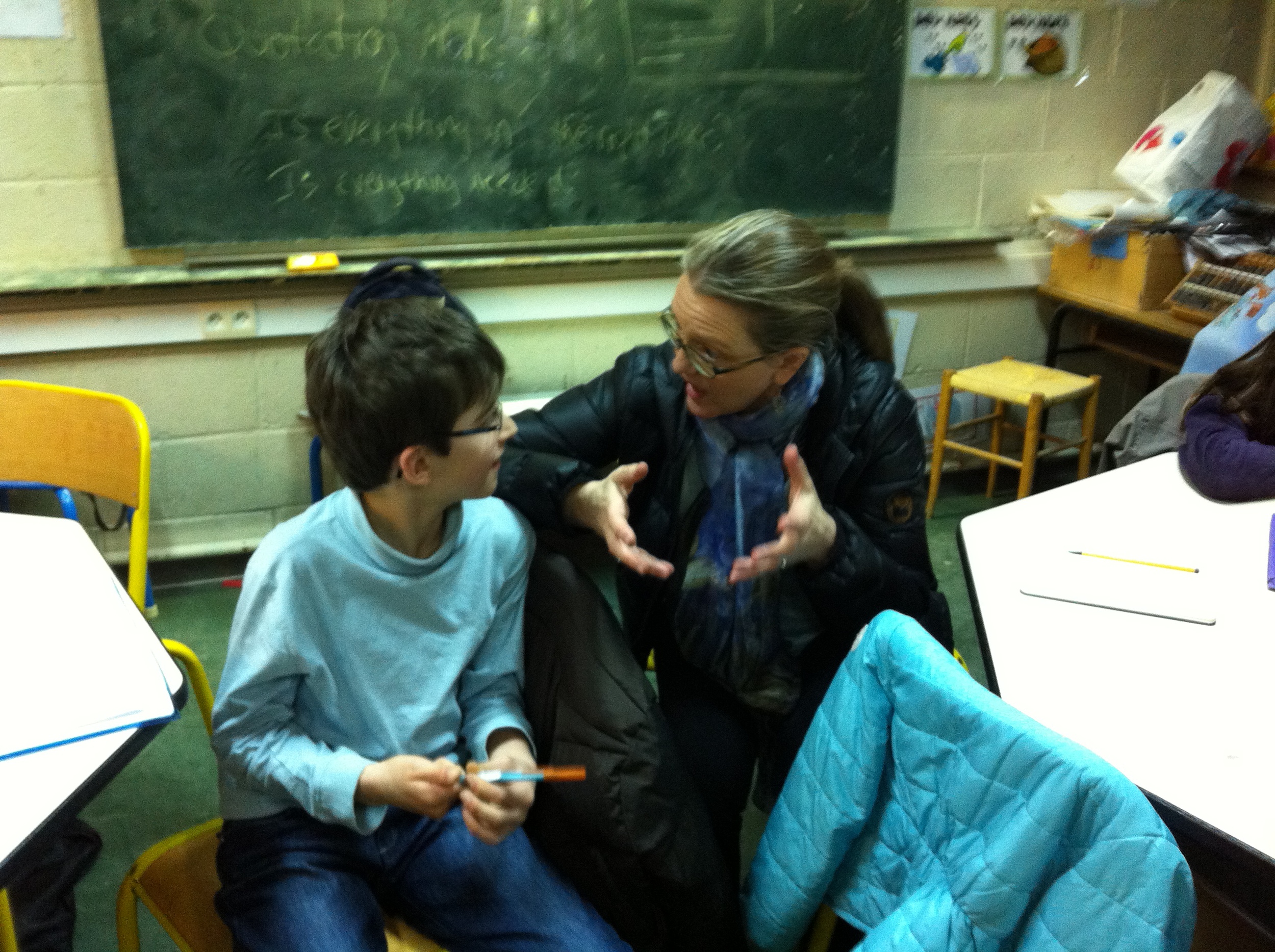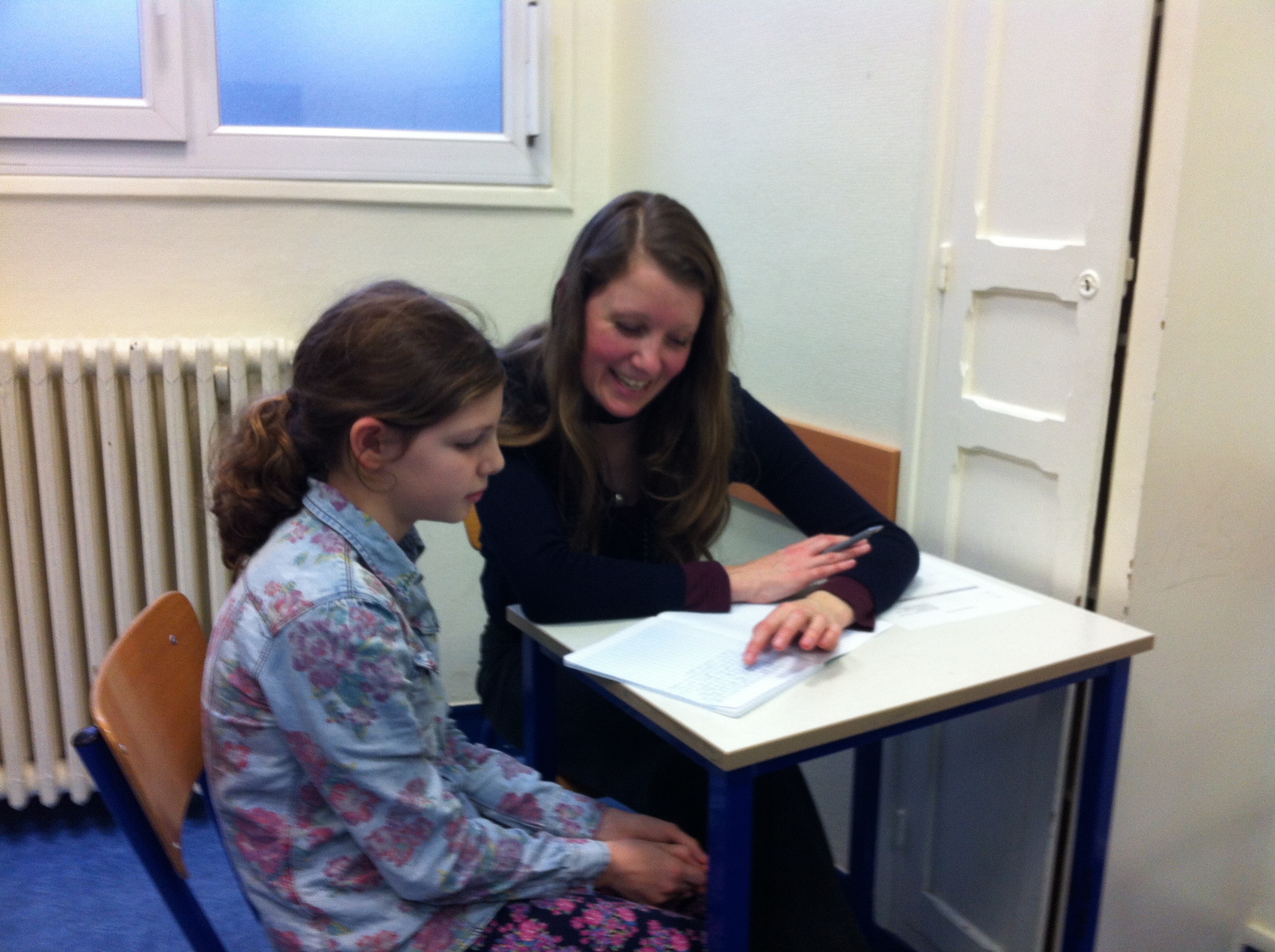Have you ever seen author/illustrator Wendy Wahman’s work? If you haven’t, run over to her blog, What’s New, Wendy Wahman?, and take a look. (Once you’re done here, that is.) Her images of animals are utterly delightful. I currently have a chapter book MS making the rounds, featuring a loveable lost dog, that I would LOVE to have her illustrate.
Not only do Wendy and I share an affection for the animal kingdom, we also share an agent, Erzsi Deàk of Hen&ink Literary Studio. So when Wendy tagged Erzsi and me to join the magical “My Writing Process” blog tour and post simultaneously on Monday, 21 July 2014, I jumped at the chance.
Also, the timing is great for me. Really. Stay tuned for more on that.
But first, a bit about Wendy…
Wendy Wahman is the author/illustrator of DON’T LICK THE DOG: MAKING FRIENDS WITH DOGS and A CAT LIKE THAT, and illustrator of SNOWBOY 1, 2, 3, written by Joe Wahman. DON’T LICK THE DOG was selected as a 2010 Bank Street Best Children’s Book of the Year, starred for Outstanding Merit and accepted to the Society of Illustrators Original Art show. Her book trailer for A CAT LIKE THAT was selected from over 7,000 entries for the Walker Art Center’s Catvidfest 2013. Wendy’s editorial illustrations have appeared in major publications including Harper’s Magazine, The New York Times, The Los Angeles Times and the Harvard Business Journal. She teaches bookmaking classes to children and adults.
To learn more about Erzsi, and her latest book release with illustrator Doug Cushman, visit her today, too, at: PUMPKIN TIME.
Before you bounce, I invite you to stick around and read about My Writing Process...
What am I working on?
Several things. I’m always working on more than one thing at a time, each piece in a different stage of my writing process, from research to drafting to revision to production.
While I almost always have something unrelated on my hard drive—like the lost-dog-meets-boy story I mentioned above—my primary passion is writing creative nonfiction histories.
I’m currently working on a four-story series of Paris for Time Traveler Tours & Tales.
The debut story, BEWARE MADAME LA GUILLOTINE, A REVOLUTIONARY TOUR OF PARIS, narrated by 24-year-old convent schoolgirl turned murderess, Charlotte Corday, is a journey to the French Revolution during the Reign of Terror. The prequel, LONG LIVE THE PLANT HUNTERS, takes place at the gardens of Versailles in the final years of France’s Ancien Régime. It is the story of the French Indiana Joneses of the 17th, 18th, and 19th centuries; the heroes and adventurers who risked life and limb to explore the far corners of the earth to locate this exotic plant or that medicinal herb for the benefit of kingdom and king.
The sequel to Charlotte’s story, EMPIRE OF THE DEAD, digs into Paris underground, tracing the origins of the city's celebrated Catacombs and cemeteries. These date to the era of Napoleon Bonaparte and are symbolic of his reign.
How does my work differ from others of its genre?
One thing that sets me apart is that I tell my historical tales in the first person. I find it’s the best way to take my readers directly to the age and events I wish them to experience. I don’t want them to simply hear about history. I want them to bear witness to it, to become complicit in it. I think that’s the only way for young people to truly understand and get WOWED by history.
I also seek out history’s unknown or little known characters, the stories that time forgot in favor of those of kings and war. I look for (f)actual protagonists, like Charlotte. But understanding that the historical record rarely took note of these people—especially as you go further back through the ages—my characters must sometimes be composites; sketches drawn from descriptions of their more famous historical peers. Though fictionalized, I place them in settings and events that are as true to the historical facts as I my research will allow. In this way, my work spans the range between historical fiction and creative nonfiction.
Another way I differ is that my tales are interactive. They are intended for digital, first, and include gamification features that enhance story content and educate the reader/user even as they entertain.
BEWARE MADAME LA GUILLOTINE launched first as a story-based mobile app for educational tourism, for example. It then came out as an interactive book for iPad for use in schools. Now, I’m thrilled to announce:
The print edition just hit the streets!
To celebrate -- drum roll please -- I’m offering a FREE pdf copy of the book for a limited time in exchange for an Amazon review.
Please consider adding BMLG to your summer reading list!
Click here to request your pdf copy.
Why do I write what I do?
It wasn’t until I was out of high school and traveling the world—I’m a career expat—that I became fascinated by history, its influence on us as cultural beings, and how it stretches through time to shape societies today. When my daughter joined our family adventure, I began to write historical treasure hunts to help deepen her understanding of the people and places we lived and visited.
These were possibly more fun for me to research and create than they were for her to complete, though she did love them, as did her friends. So when we landed in Paris, France, in 2004 for my husband’s job, and I was denied the right to work, I decided to write an interactive history of Paris for them.
I just love making the past come alive for this audience. I love pointing out this street corner or or that historical artifact hiding in plain sight and imbuing it with a meaning these kids will never forget, and will share with their friends and future families. That’s the true power of storytelling!
How does my writing process work?
It all starts with historical research. I read books; go on guided visits; interview people who know more than me; frequent archives; and hang out at the location where each story took place. I steep myself in the setting and time. That’s the only way to find my characters.
Sometimes, as with Charlotte, they find me.
At the beginning of a project, I journal a lot. I take notes and turn over themes in pencil. At first, I’m largely talking to myself. But as the characters begin to emerge, I talk to them. I ask them about their motivations, why they took the actions they did. I ask about their families, their troubles, their responsibilities, their loves and hates. I ask what life was like in their day. It may sound crazy, but they really do talk back to me.
Then, with research to buoy me, and colorful characters to guide me, I write. And write. And write. Until I’ve completed a shitty first draft. And then I revise. A lot. And I revise again, stripping and stripping until all I'm left with is all that's necessary to tell my unique tale in a way that's most accessible to kids.
All the while, I’m searching for images to help illustrate the stories. I’m also collecting fun bits of trivia that the character could not have known but that I might use to extend the story as a textbox extra or extension game.
Finally comes the challenge of weaving and wiring together the story, illustrations, textbox extras, and interactive games. Then we have to record the voice of the narrator and design the story navigation and the graphics. But that’s the stuff of whole new post.
That’s why I’m always working on several projects at once, each at a different stage of my creative process, from research to drafting to revision to production. It’s exhausting and at times difficult to find a balance. But it’s never dull. And most of the time it’s tremendously exhilarating.
***
Thanks for listening! Now, check out who’s up next on the magical “My Writing Process” blog tour: Two more chicks from Erzsi’s Hen&ink Literary Studio, Pen Avey and Hannah Goodman. You'll find them talking about their writing processes next Monday, 28 July 2014. Read their bios and don't forget to bookmark their respective links below.
Pen Avey
Pen Avey is a writer/illustrator living in Norfolk, England with her fun-loving family. Her passion is comedy writing, from poetry through middle grade to sit-com. Her claim to fame is writing a ditty which she sang to Anne Robinson on 'The Weakest Link'.
Follow Pen at HeadToTable.wordpress.com and @PenAvey.
Hannah R. Goodman
Hannah R. Goodman is a YA author and editor of Sucker Literary, which features undiscovered and new YA authors. In 2011, Publisher's Weekly interviewed Hannah about this ground breaking literary enterprise. Volume III was published in April of 2014 to high praise among book bloggers. Her story, A DIFFERENT KIND OF CUTE was touted as “irreverent.” And reviewer Christine continued with, “This story sparkles. This story will pack a punch in a part of your heart you didn’t even know existed.”
Hannah has published young adult short stories in an anthology entitled Bound Is The Bewitching Lilith and in the journal Balancing The Tides. She also has written columns for The Jewish Voice & Herald. Her YA novel, MY SISTER'S WEDDING, won the 2004 Writer’s Digest Self Published Book Awards, Children’s Book Division.
Hannah is a member of SCBWI and ARIA as well as a graduate of Pine Manor College’s Solstice Program in Creative Writing where she earned an MFA in Writing For Young People. She is a writing coach and tutor to students of all ages and resides in Bristol, RI with her husband, two daughters, and two cats. Learn more about Sucker Literary and follow Hannah on Twitter, Goodreads, Amazon, Tumblr and follow Sucker Literary news on Facebook and Twitter.















